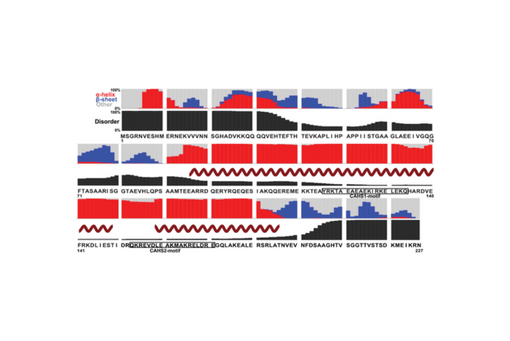Secondary structure and stability of a gel-forming tardigrade desiccation-tolerance protein
Abstract
Protein-based pharmaceuticals are increasingly important, but their inherent instability necessitates a "cold chain" requiring costly refrigeration during production, shipment, and storage. Drying can overcome this problem, but most proteins need the addition of stabilizers, and some cannot be successfully formulated. Thus, there is a need for new, more effective protective molecules. Cytosolically, abundant heat-soluble proteins from tardigrades are both fundamentally interesting and a promising source of inspiration; these disordered, monodisperse polymers form hydrogels whose structure may protect client proteins during drying. We used attenuated total reflectance Fourier transform infrared spectroscopy, differential scanning calorimetry, and small-amplitude oscillatory shear rheometry to characterize gelation. A 5% (wt/vol) gel has a strength comparable with human skin, and melts cooperatively and reversibly near body temperature with an enthalpy comparable with globular proteins. We suggest that the dilute protein forms α-helical coiled coils and increasing their concentration drives gelation via intermolecular β-sheet formation.
Citation
Eicher, J. E., Brom, J. A., Wang, S., Sheiko, S. S., Atkin, J. M., & Pielak, G. J. (2022). Secondary structure and stability of a gel‐forming tardigrade desiccation‐tolerance protein. Protein Science, 31(12). https://doi.org/10.1002/pro.4495


